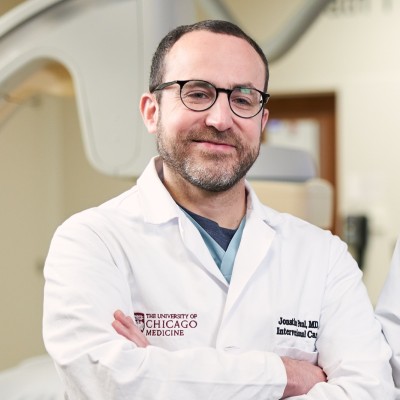- Video Library
- Jennifer Fried & Jonathan Paul, Flow Medical - Thrombolytic Catheter for Pulmonary Embolism | LSI USA '24
Jennifer Fried & Jonathan Paul, Flow Medical - Thrombolytic Catheter for Pulmonary Embolism | LSI USA '24

Jennifer Fried
I recently joined Flow Medical as CEO and Co-Founder, where we are developing a next-generation thrombolysis catheter to treat pulmonary embolism.
Previously, I was the co-founder and CEO of Explorer Surgical, a digital playbook for the operating room and procedure suites. Explorer Surgical was founded at the University of Chicago in 2015 out of a research laboratory in the Department of Surgery. After raising $10M in funding and commercializing our software to a global base of medtech and hospital customers, our company was acquired by GHX in 2021.
My passion is building innovative businesses in the healthcare industry, especially those that use technology to solve inefficiencies and improve patient care. I invest personal capital as well as institutional as a Partner in Portfolia's FemTech Fund and as a GP at The Fund Midwest.
Jennifer Fried
I recently joined Flow Medical as CEO and Co-Founder, where we are developing a next-generation thrombolysis catheter to treat pulmonary embolism.
Previously, I was the co-founder and CEO of Explorer Surgical, a digital playbook for the operating room and procedure suites. Explorer Surgical was founded at the University of Chicago in 2015 out of a research laboratory in the Department of Surgery. After raising $10M in funding and commercializing our software to a global base of medtech and hospital customers, our company was acquired by GHX in 2021.
My passion is building innovative businesses in the healthcare industry, especially those that use technology to solve inefficiencies and improve patient care. I invest personal capital as well as institutional as a Partner in Portfolia's FemTech Fund and as a GP at The Fund Midwest.

17011 Beach Blvd, Suite 500 Huntington Beach, CA 92647
714-847-3540© 2025 Life Science Intelligence, Inc., All Rights Reserved. | Privacy Policy








